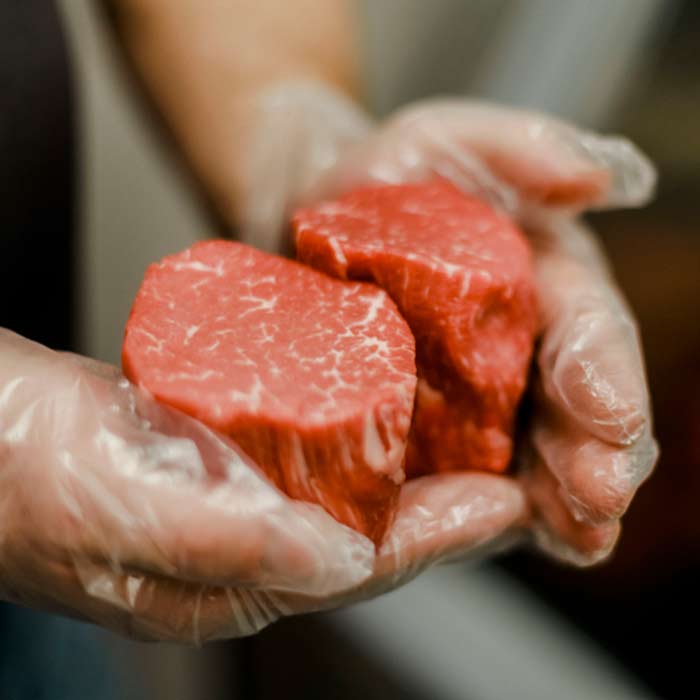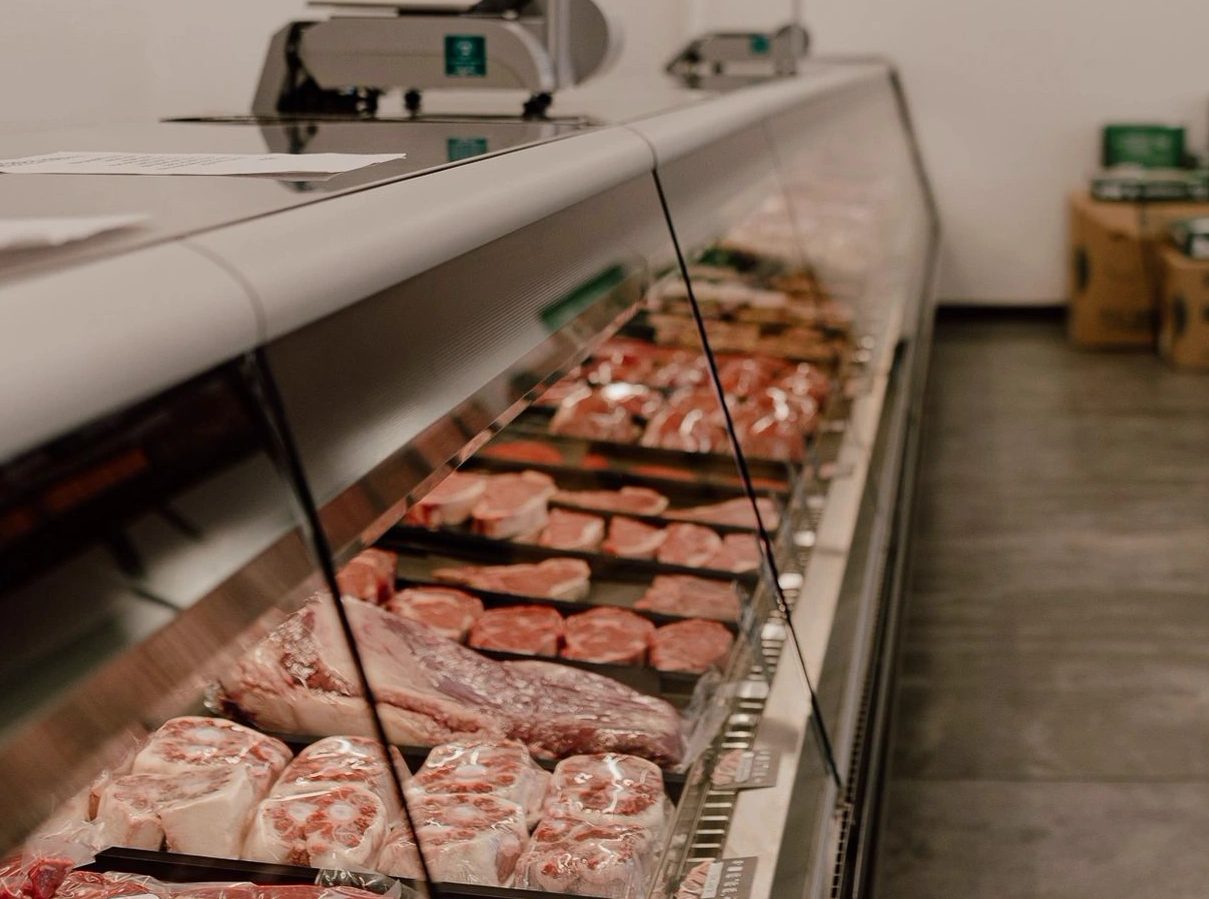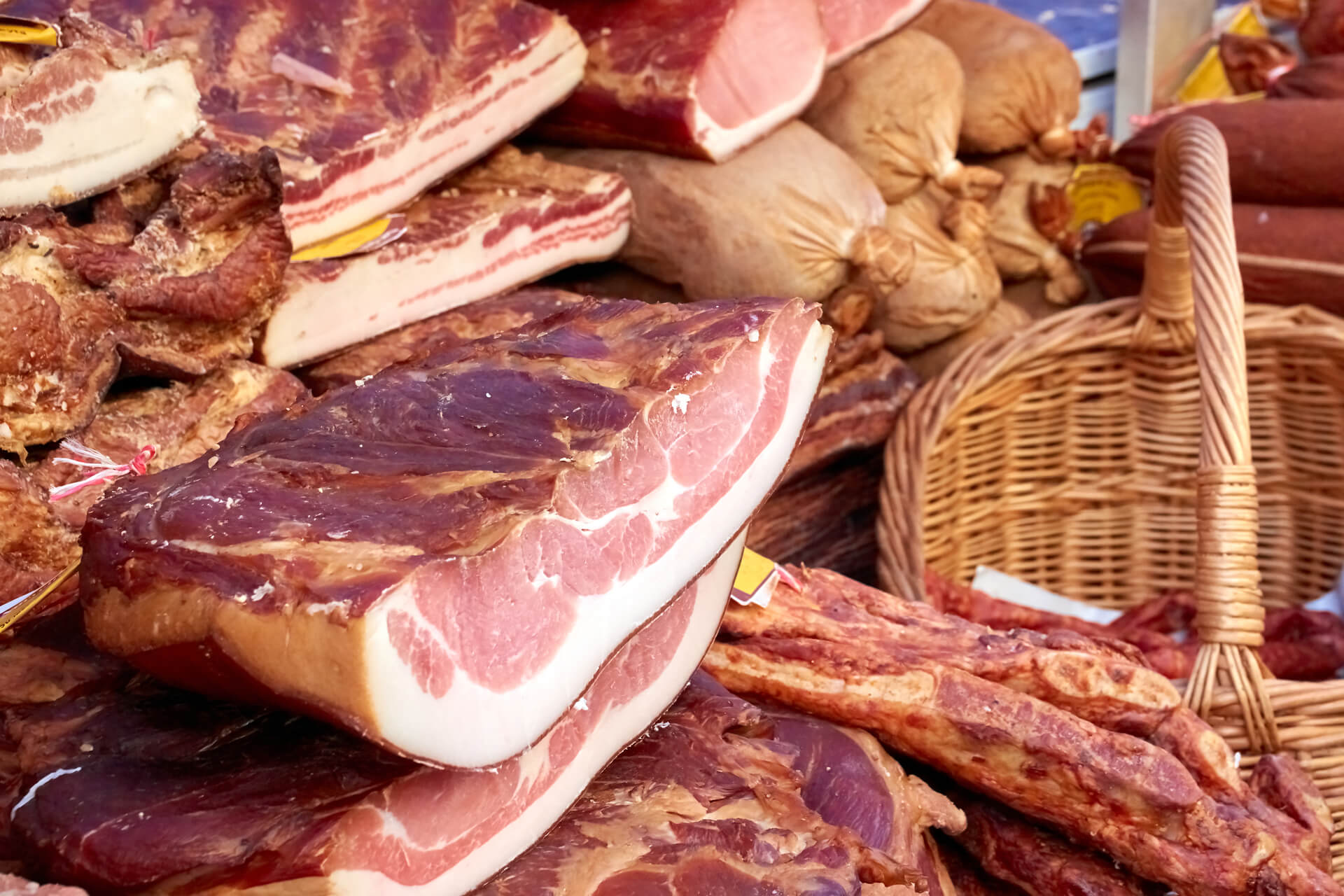Obtain the very best Offers on Fresh Meat at Bagley Farms Meat Market Edwardsville IL
Obtain the very best Offers on Fresh Meat at Bagley Farms Meat Market Edwardsville IL
Blog Article
Discover the Art of the Butcher's Cut in a Modern Meat Market
In the ever-evolving landscape of modern-day meat markets, the butcher's cut has transcended its traditional roots, combining old-time workmanship with modern methods. What truly establishes the contemporary butcher apart is their ability to forge a deeper link in between consumers and the beginnings of their meat.
Advancement of Butchery Techniques
The evolution of butchery methods reflects a rich tapestry of innovation and adaptation driven by improvements in technology, modifications in consumer demand, and a much deeper understanding of meat scientific research. Historically, butchery was a craft passed down via generations, with techniques honed over centuries to make the most of return and flavor. Nonetheless, the commercial transformation ushered in automation, changing standard techniques and making it possible for massive handling.
The mid-20th century saw butchery methods even more refined by scientific understandings into muscular tissue biology and meat aging, enhancing both inflammation and taste. Technologies like vacuum cleaner packaging and refrigeration extended product shelf-life, enabling butchers to diversify offerings and boost top quality control. This duration likewise marked the surge of customized devices, such as band saws and meat slicers, which raised precision and performance in meat processing.

The 21st century has actually introduced digital modern technology into the butchery realm. Computerized systems now help in tracking animal provenance and enhancing cuts to meet certain client preferences. In addition, a renewal in artisanal butchery has arised, blending conventional skills with modern-day knowledge to satisfy customers looking for moral and sustainable meat options. This development highlights a dynamic interaction between tradition and advancement, conference contemporary demands while maintaining the craft's heritage.
Recognizing Meat Cuts
Recognizing the intricacies of meat cuts is crucial for both butchers and customers seeking high quality and value. For butchers, specific cuts show ability and regard for the craft, guaranteeing marginal waste and ideal yield.

Understanding muscle mass make-up is critical; muscles used extra often by the pet tend to be harder and are best suited for sluggish food preparation methods, while less-used muscles, like those discovered in the loin, are more tender and ideal for barbecuing or roasting. Experience with these distinctions empowers customers to make informed choices, enhancing their cooking ventures.
Picking High Quality Meat
Choosing the appropriate meat involves more than just picking an aesthetically attractive item from the display. bagley farms meat market edwardsville il. The art of picking quality meat calls for a critical eye and understanding of certain characteristics that signify freshness and quality. Pay attention to the color; beef ought to have an intense, cherry-red color, while lamb ought to display a soft pink tone, and pork a pale pink. This indicates the meat is fresh and hasn't been exposed to oxygen for too lengthy.
Secondly, think about the marbling, which refers to the white streaks of fat within the muscular tissue. Correct marbling is a key sign of tenderness and flavor, as it thaws throughout food preparation, enhancing the meat's juiciness. Keep in mind, greater marbling typically associates with exceptional quality cuts, such as USDA Prime.
Texture is one more critical aspect; meat needs to really feel firm to the touch, not slimy or extremely soft. Additionally, be mindful of the aroma. Fresh meat should have a clean, neutral scent, without any kind of sour or repulsive smells.
Coupling Cuts With Food Preparation Methods

Conversely, tougher cuts like more tips here brisket and chuck roast are rich in collagen, which breaks down into jelly when cooked gradually. These cuts are suitable for braising or slow-moving roasting, permitting the meat to tenderize over time and establish deep, complex tastes. Similarly, cuts such as short ribs and pork shoulder prosper with slow-cooking approaches, where prolonged cooking times change their robust textures right into succulent meals.
Lamb shanks and oxtail, which need long term food preparation to tenderize, are best prospects for cooking or slow-moving simmering. These methods coax out rich, hearty flavors while keeping dampness. By recognizing the unique attributes of each cut, chefs and home cooks alike can raise their culinary developments, guaranteeing each dish is both pleasing and remarkable.
The Butcher's Role Today
Navigating the progressing landscape of the modern-day meat market, the butcher's function today extends past simple prep work of cuts. Contemporary butchers are culinary craftsmens, educators, and supporters for lasting practices. They link the space in between the ranch and the fork by making sure ethical sourcing, understanding pet husbandry, and prioritizing openness in the supply chain. This change reflects the expanding customer need for high quality over quantity, where provenance and animal welfare are critical.
In addition to crafting accurate cuts, butchers now engage straight with consumers, supplying cooking recommendations and tailoring selections to match individual demands and choices. Their expertise in meat aging, marbling, and taste profiles empowers consumers to make educated decisions, boosting their culinary experiences. This tailored service exemplifies the butcher's evolving duty as a trusted advisor in the kitchen.
Additionally, butchers are crucial in decreasing waste, using entire animals to create varied items such as sausages and supplies. This detailed strategy not only values the animal but additionally aligns with contemporary sustainability goals. In this method, the contemporary butcher embodies both practice a knockout post and innovation, adapting to an ever-changing market while preserving the creativity and stability of their craft.
Conclusion
The contemporary butcher's craft elaborately weaves traditional methods with contemporary technologies, stressing sustainable methods and ethical sourcing. Proficiency in recognizing varied meat cuts and top quality signs equips butchers to offer informed recommendations, straightening certain cuts with ideal food preparation methods. This competence not just elevates cooking experiences yet additionally enhances the link between customers and the beginnings of their food. By honoring historic practices while welcoming visite site modern needs, the butcher's role remains vital in today's advanced meat market (bagley farms meat market edwardsville il).
Report this page